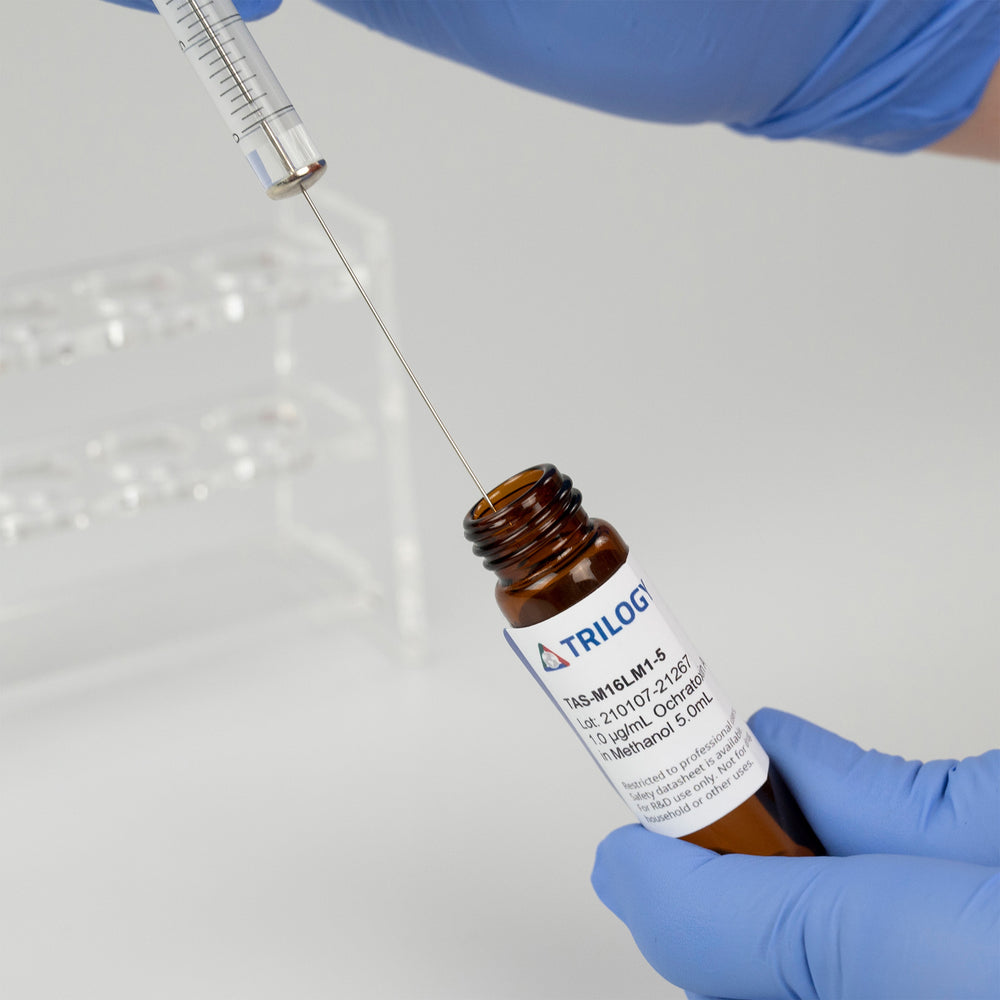
Mycotoxin testing in 2017 bears little resemblance to the early days of mycotoxin, or more specifically, aflatoxin detection in the 1960s. Methodology, instrumentation, information, and capabilities of laboratories have changed dramatically.
These advancements have changed everything from how quickly results can be reported, to the sheer number of mycotoxins that can be successfully analyzed in one multitoxin run. And, while so many things have in fact changed, some things remain the same.Weather patterns still fluctuate and mycotoxin contamination changes from year to year. Mycotoxins continue to represent one of the more complex issues facing the milling industry.
This short review will look at where we are now in 2017, and what we may see in the future.
General Overview
Mycotoxins have been around since molds have been around. Mycotoxins are simply chemical compounds and, more specifically, toxic chemical compounds that are produced by mature molds, or fungi. While the molds that produce mycotoxins are indeed living organisms that can be readily "killed," mycotoxins cannot.
We do understand what type of conditions favor the production of specific mycotoxins. Hot and dry conditions promote the production of aflatoxins, cool, wet weather promotes the production of the fusarium toxins such as deoxynivalenol (DON), zearalenone, T-2 and HT-2, as well as ochratoxin A, and wetter, warmer weather generally fosters the production of fumonisins. Plants appear to be more susceptible during specific times of their maturation, such as flowering or anthesis, and by the time the crop is harvested, the crop has mycotoxin contamination. Mold contamination is very spotty, infecting kernels that are immature, broken or insect damaged. This, in turn, means that mycotoxins are not homogeneously distributed. This presents one of the largest challenges and sources of variability in mycotoxin testing.Many facilities use some physical characteristics of harvested grain as an indicator for potential mycotoxin contamination.
Many facilities use some physical characteristics of harvested grain as an indicator for potential mycotoxin contamination. For wheat, lighter bushel weight as well as "tombstone kernels," pinked tipped kernels, or a larger percentage of broken kernels and foreign material can be an indicator of fusarium mold damage and, therefore, possible DON contamination. In corn, lighter bushel weight, more broken kernels and foreign material can also be indicators of mold damage. Some facilities will "black light" corn looking for a bright yellowish green color. This is kojic acid, which in some years processors have used as a screening tool. Keep in mind; however, that this compound is not aflatoxin and degrades over time and may or may not correlate with aflatoxin each year. Additionally, good commodities can certainly have mycotoxins present, and very poor looking commodities may have very low levels of toxin present.
The provided photos represent actual individual kernels that were analyzed for toxins. Currently chemical testing is the only way to confirm the presence or absence of mycotoxins. These photos of corn kernels analyzed for both DON and zearalenone show that more physical damage does not always relate to increased toxin concentration.
Toxin commodity associations make some testing and decision making easier. For instance, wheat, barley and oats are typically associated with DON, ochratoxin and zearalenone, and occasionally T-2 and HT-2. Ochratoxin is commonly found in soybeans at low levels. Corn is associated with most all the common toxins. Many of the processing steps can concentrate toxins in certain fractions of the commodity. For instance, corn gluten products and wheat midds are always higher in mycotoxin contamination than the whole grain commodity from which they are processed.


Healthy-looking commodities can have mycotoxins present, and poor-looking commodities may have low levels of toxin present.

Normal Kernels

Slightly Damaged Kernels

Highly Damaged Kernels
Mycotoxin Testing Capabilities
Mycotoxin testing in 2017 is a long way from the early testing methods of the 1960s. Science has provided many versatile options through the years to help facilitate point of purchase testing, as well as multiple options for testing mycotoxins in the laboratory. Point of purchase testing options allow the flexibility of rapid quantitative testing on site, many times with water extractions and minimal needs for analytical equipment. Some testing utilizes smart phones for everything from data collection to quantitation of lateral flow devices.
The newest instrumentation to be adapted and developed for mycotoxin testing in the laboratory setting, is the LC/MS/MS, which is a liquid chromatograph equipped with tandem mass spectrometry detection. This has transformed the testing industry. With this type of instrumentation, a single run can detect hundreds of mycotoxins. Each run on an LC/MS/MS can analyze very chemically diverse toxin simultaneously and report them on the same analytical run. This represents a significant advancement, and changes the way laboratories think about testing mycotoxins. Analyses that now generate data for hundreds of compounds take less than 30 minutes with this type of instrumentation. Previously, testing for multiple toxins required multiple HPLC units and several analysts, with days, not hours, necessary for results turnaround. These screens cover the common toxins that are familiar to the industry, as well as toxins that are probably quite unfamiliar to many, and metabolites of specific mycotoxins as well.
This may be a new concept for the milling industry to embrace. Are these “new” toxins that are being found relevant for this industry? Are feeding studies available to document the impact of these toxins? Could these “new toxins be one day regulated or have advisory limits? These are all good questions, and for now at least, for the most part, questions with unknown answers. Detection limits as well as quantification limits are lower than ever before.
Laboratories are routinely performing ppt (parts per trillion) methods on commodities, human consumption food and animal feed products as well as additives, vegetables, vegetable protein and spices. Are these lower limits critical for the milling industry? Will they change the way commodities are processed Purchased? Sold? Laboratories are routinely performing ppt (parts per trillion) methods on commodities, human consumption food and animal feed products as well as additives, vegetables, vegetable protein and spices. Are these lower limits critical for the milling industry? Will they change the way commodities are processed? Purchased? Sold? The answers for these questions may also have an impact on the industry as a whole. International requirements have historically been some of the push behind the lower methodology requests. These lower limits, and results reported at these levels, may be part of the determining factors that drive consumer's requests for their products in the future.
How Can We Possibly "Manage" Mycotoxins
Mycotoxin testing in 2017 is a long way from the early testing methods of the 1960s. Science has provided many versatile options through the years to help facilitate point of purchase testing, as well as multiple options for testing mycotoxins in the laboratory. Point of purchase testing options allow the flexibility of rapid quantitative testing on site, many times with water extractions and minimal needs for analytical equipment. Some testing utilizes smart phones for everything from data collection to quantitation of lateral flow devices.
The newest instrumentation to be adapted and developed for mycotoxin testing in the laboratory setting, is the LC/MS/MS, which is a liquid chromatograph equipped with tandem mass spectrometry detection. This has transformed the testing industry. With this type of instrumentation, a single run can detect hundreds of mycotoxins. Each run on an LC/MS/MS can analyze very chemically diverse toxin simultaneously and report them on the same analytical run. This represents a significant advancement, and changes the way laboratories think about testing mycotoxins. Analyses that now generate data for hundreds of compounds take less than 30 minutes with this type of instrumentation. Previously, testing for multiple toxins required multiple HPLC units and several analysts, with days, not hours, necessary for results turnaround.
These screens cover the common toxins that are familiar to the industry, as well as toxins that are probably quite unfamiliar to many, and metabolites of specific mycotoxins as well. This may be a new concept for the milling industry to embrace. Are these “new” toxins that are being found relevant for this industry? Are feeding studies available to document the impact of these toxins? Could these “new toxins be one day regulated or have advisory limits? These are all good questions, and for now at least, for the most part, questions with unknown answers. Detection limits as well as quantification limits are lower than ever before.
Laboratories are routinely performing ppt (parts per trillion) methods on commodities, human consumption food and animal feed products as well as additives, vegetables, vegetable protein and spices. Are these lower limits critical for the milling industry? Will they change the way commodities are processed? Purchased? Sold? The answers for these questions may also have an impact on the industry as a whole. International requirements have historically been some of the push behind the lower methodology requests. These lower limits, and results reported at these levels, may be part of the determining factors that drive consumer's requests for their products in the future.
About Trilogy
Trilogy is a food and feed safety laboratory specializing in mycotoxins, mycotoxin binder analysis, biogenic amines and animal drug residue testing. Trilogy Analytical Laboratory opened its doors in 1999 when its founders recognized a need in the mycotoxin industry for quick result turn-around utilizing reliable reference methods provided in an analytical setting. One of the main pillars of Trilogy’s strategy is to operate using a comprehensive quality program that we can rely on to ensure performance parameters are met every single time. From this philosophy the Trilogy line of quality products was born with the mycotoxin industry in mind.
Media Contact: Lynette Hischier, l.hischier@trilogylab.com






